A job description should be detailed enough to provide clarity but concise enough to remain engaging. Here’s a breakdown of the ideal level of detail:
- Essential Responsibilities (Clear but Not Overwhelming)
- Focus on the core duties (5-10 key responsibilities).
- Avoid overly granular details that may change frequently.
- Use action-oriented language (e.g., “Manage customer inquiries and resolve issues efficiently”).
- Qualifications (Specific but Flexible)
- Specify must-have vs. nice-to-have skills and experience.
- List relevant education, certifications, and technical skills.
- Include soft skills that are critical to success in the role.
- Performance Expectations (Defined but Adaptable)
- Outline KPIs or success metrics if applicable.
- Provide insight into how success is measured (e.g., “Achieve 90% customer satisfaction rating”).
- Avoid rigid expectations that may evolve over time.
- Company Culture & Benefits (Engaging but Brief)
- Highlight the company’s mission and work environment.
- Mention competitive benefits (e.g., health insurance, remote work options).
- Avoid unnecessary marketing fluff—keep it genuine.
- Work Environment & Physical Requirements (If Relevant)
- Include details if the role involves remote/hybrid work, travel, or physical labor.
- Specify any essential requirements (e.g., ability to lift 50 lbs, stand for long periods).
Rule of Thumb:
A 1-2 page job description is typically ideal—long enough to be comprehensive but short enough to be easily digestible. Do you need help to refine a job description for a specific role? We can help.

